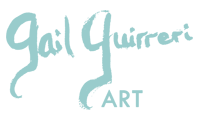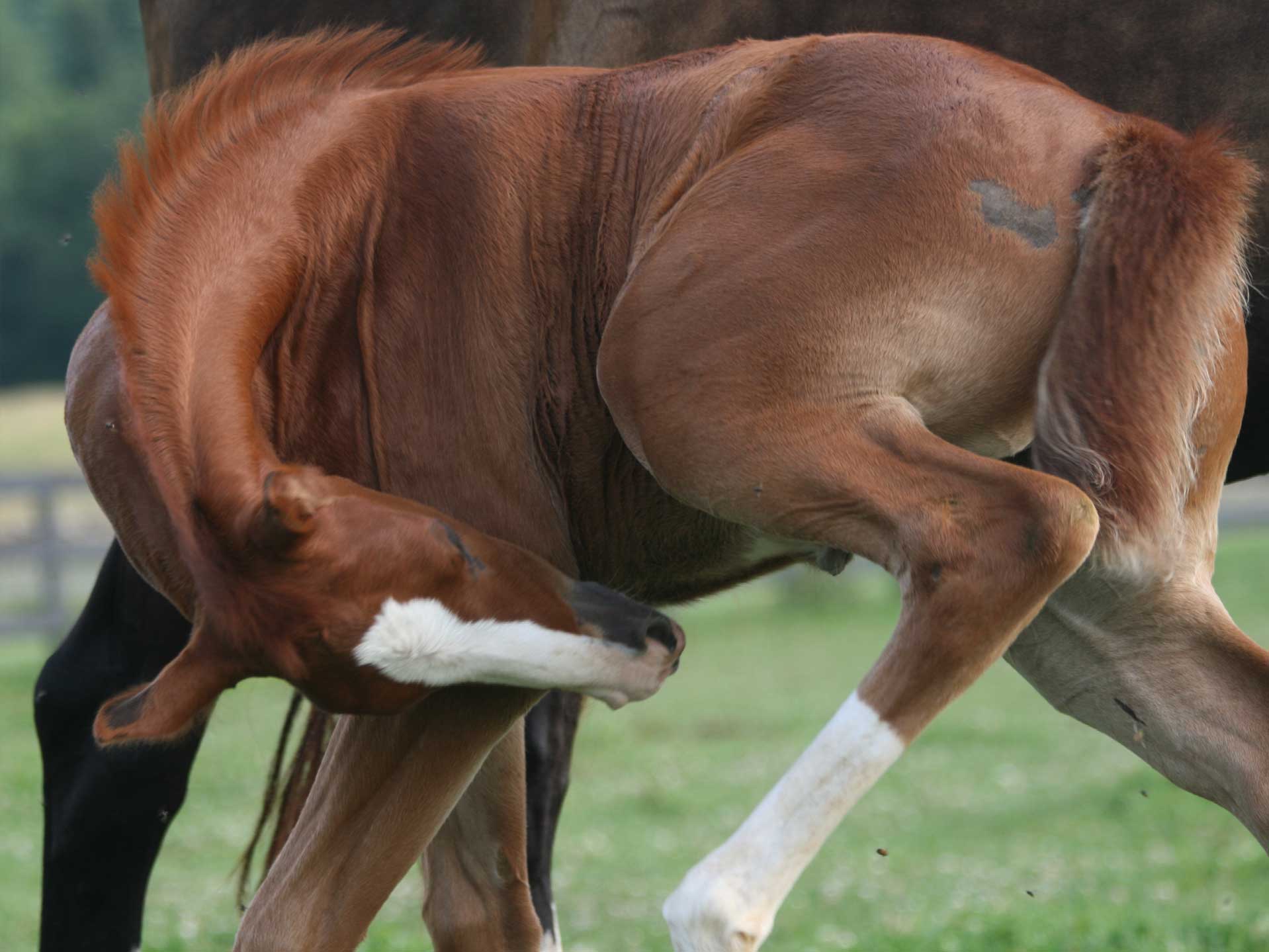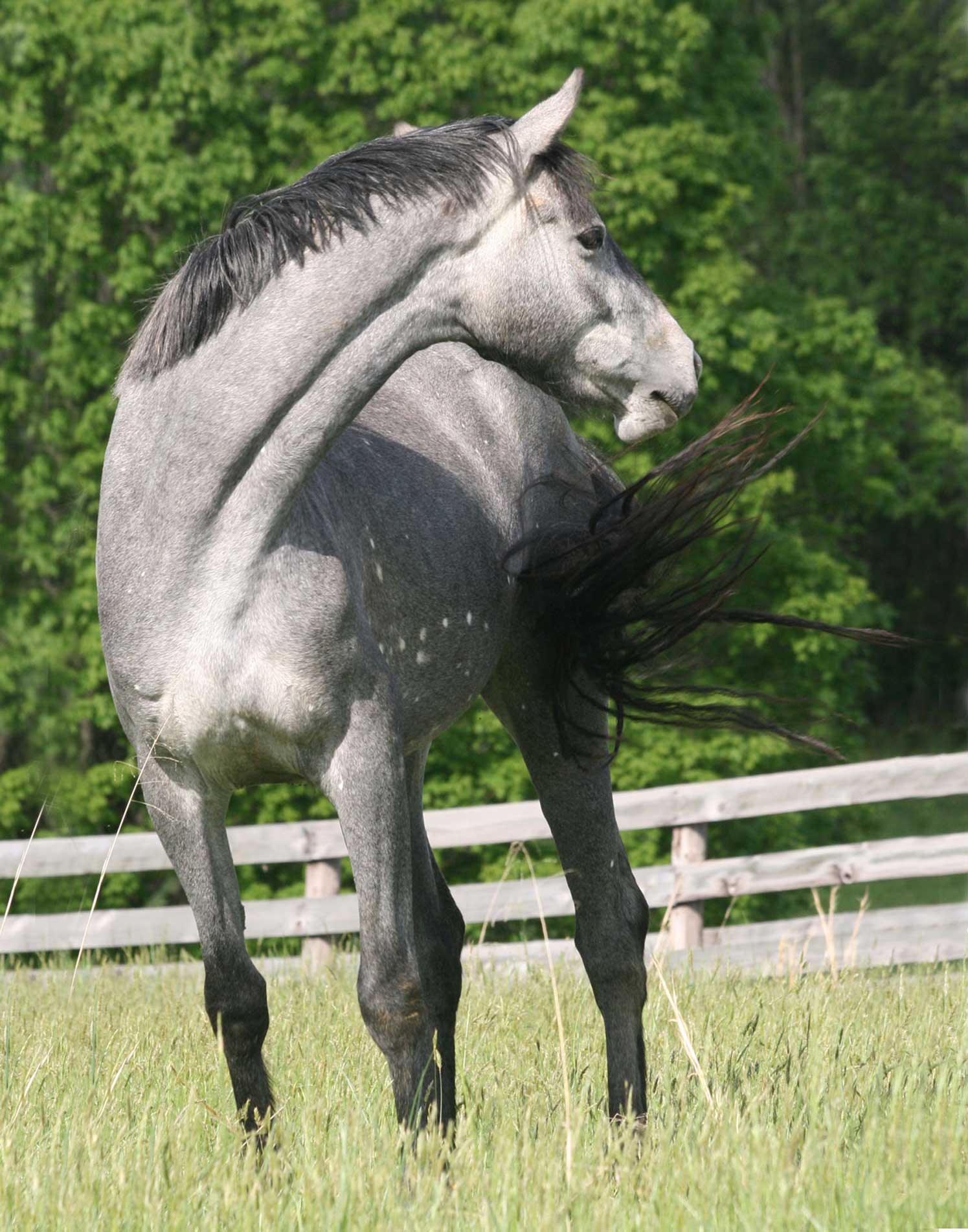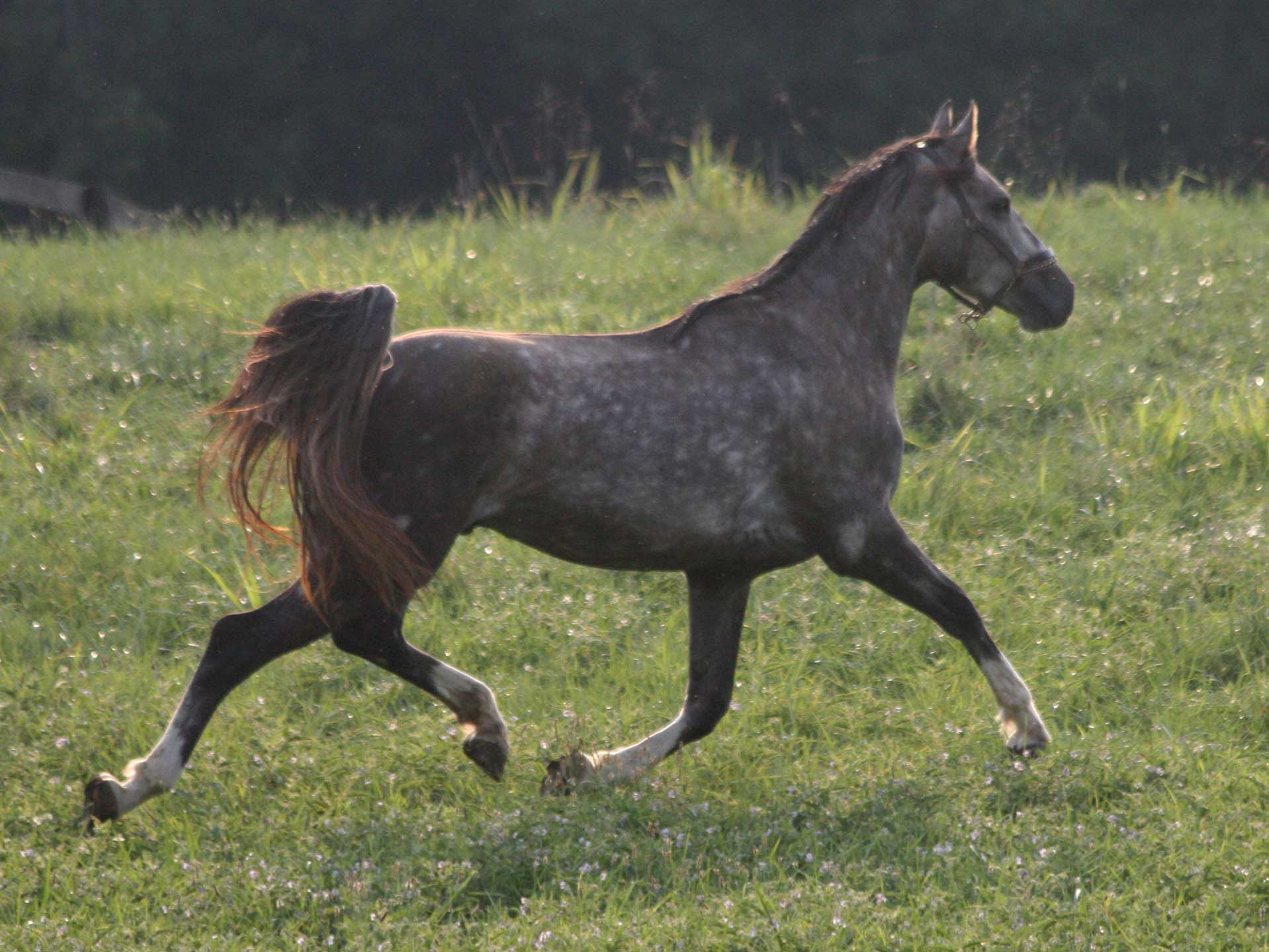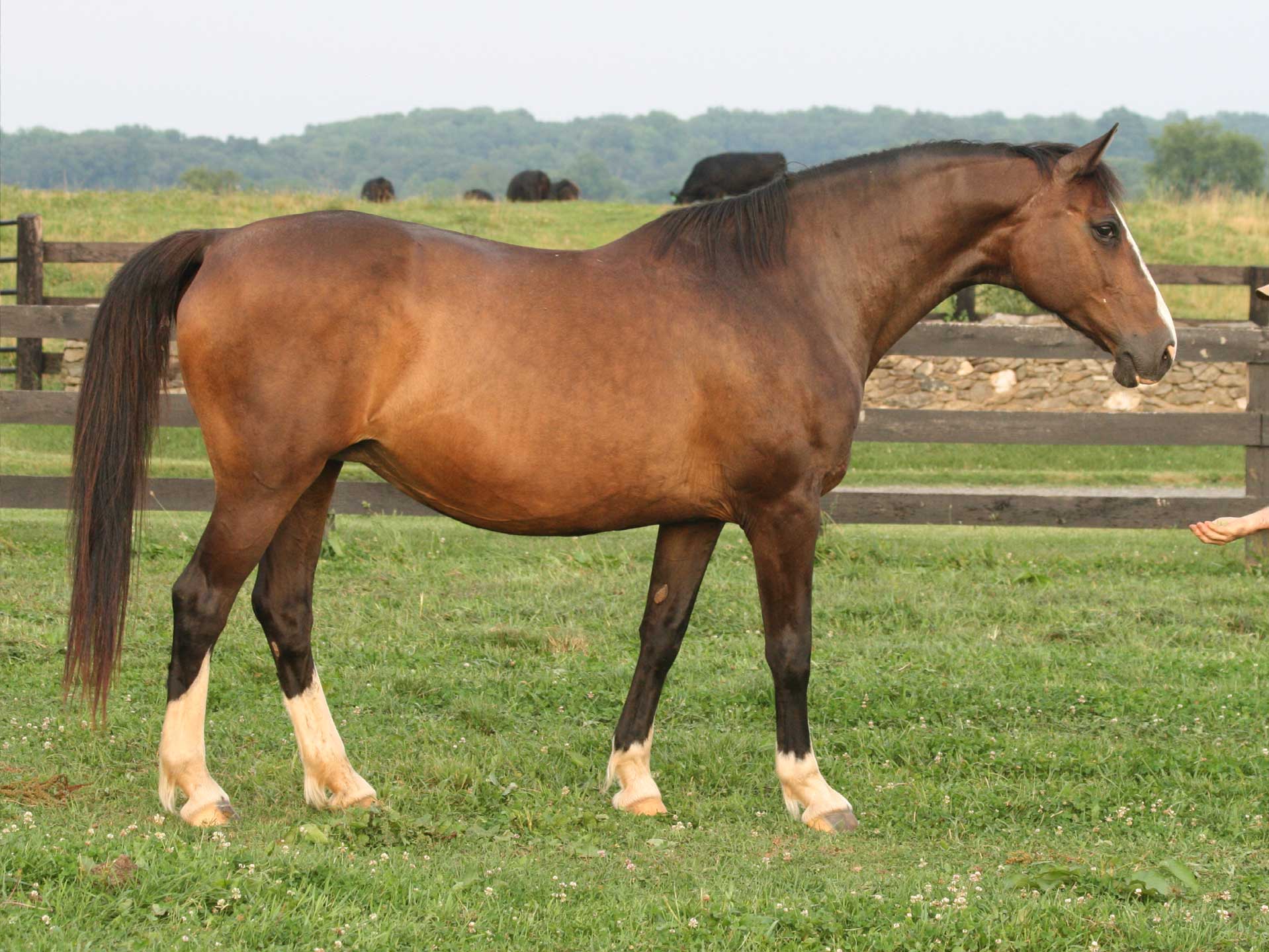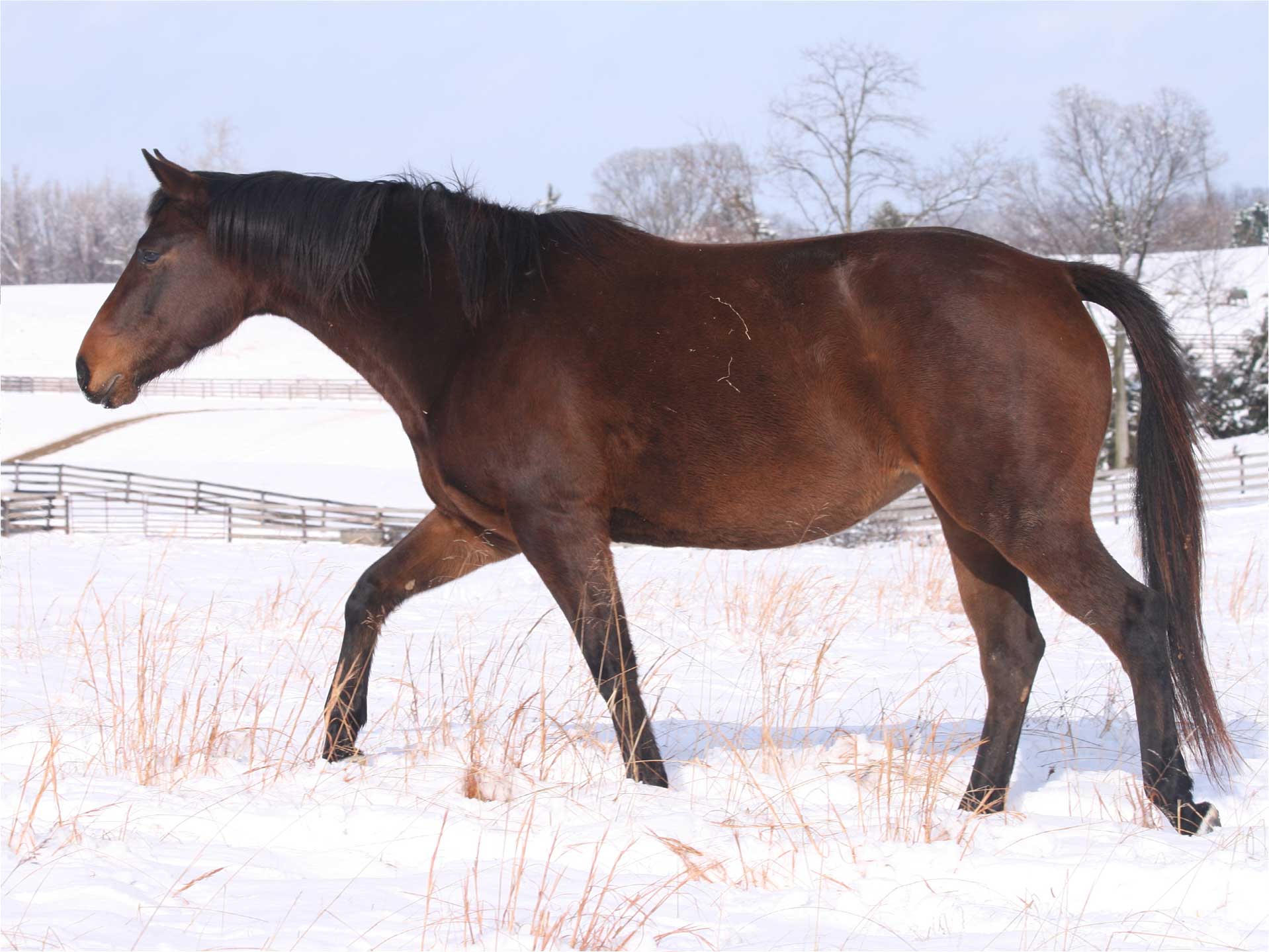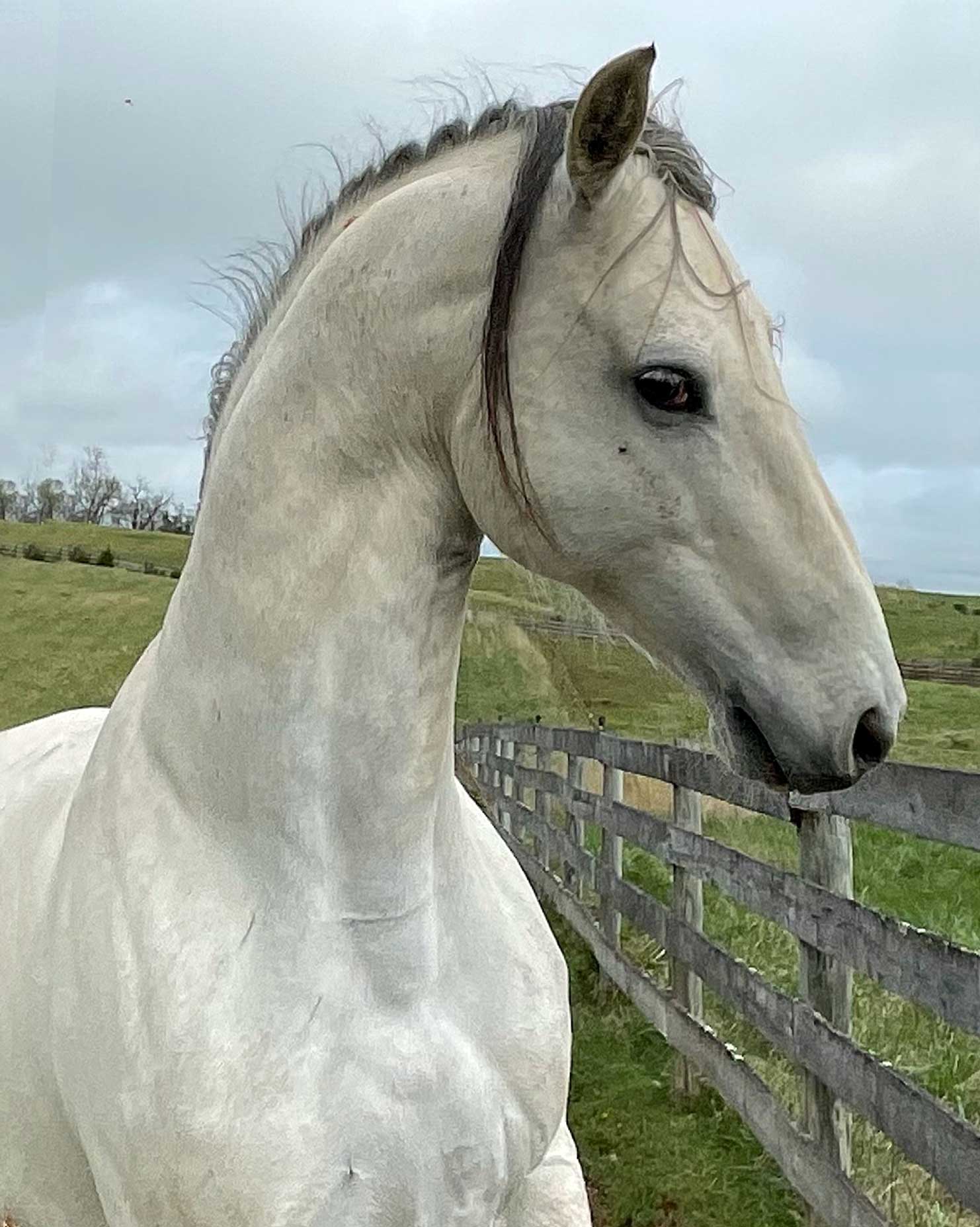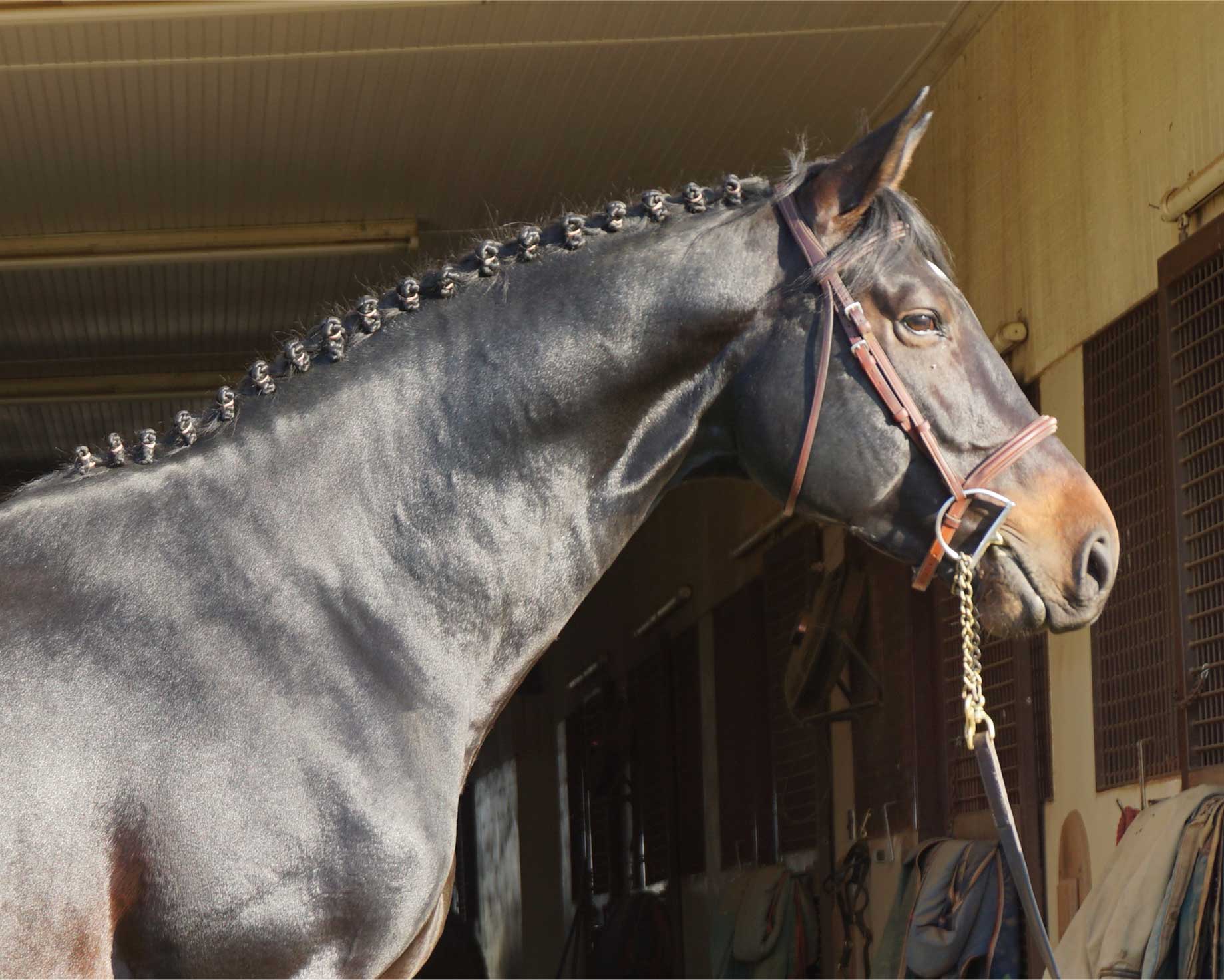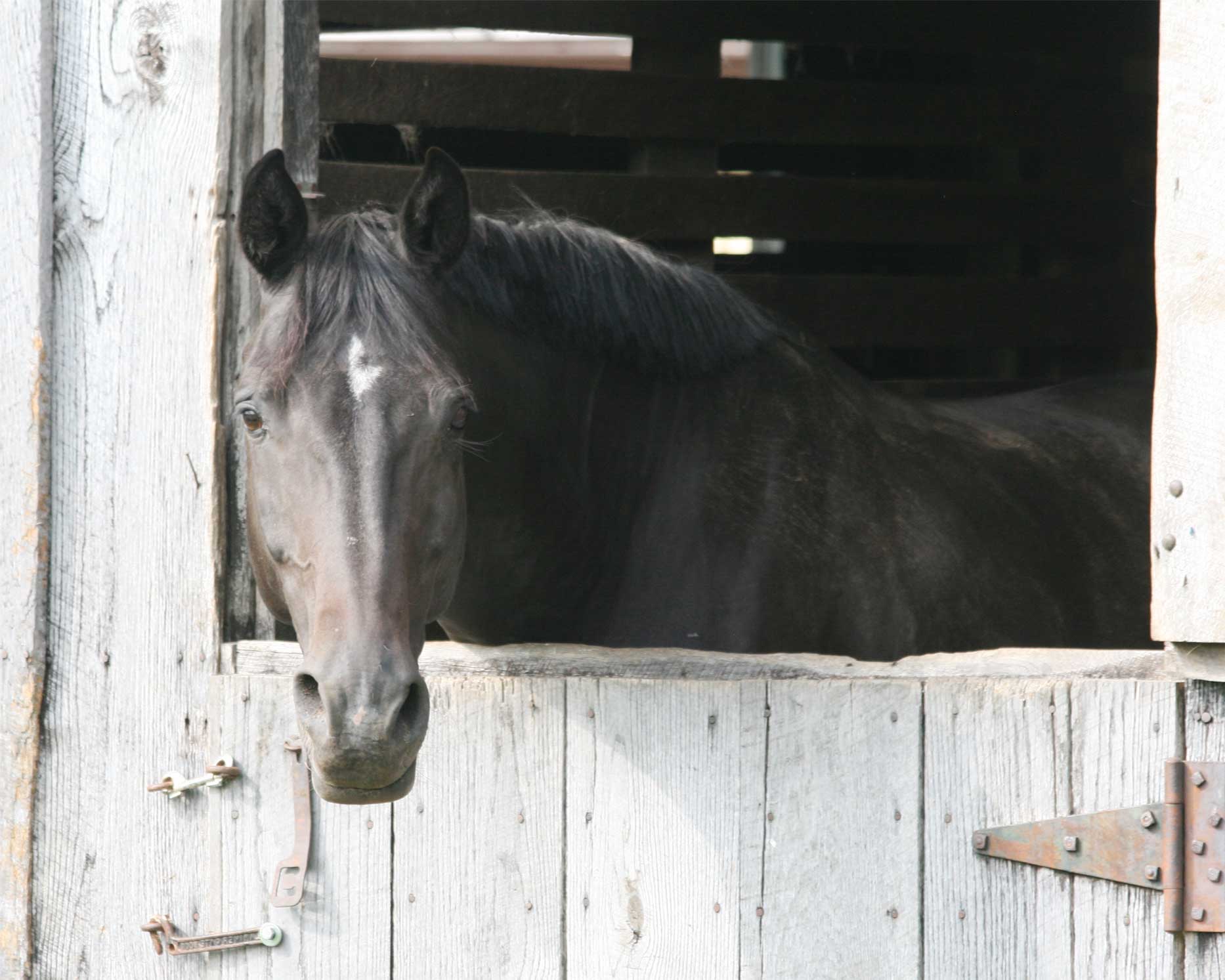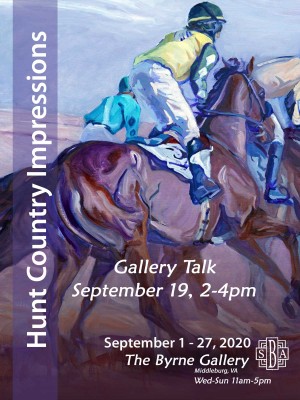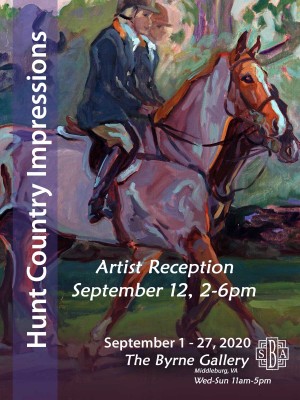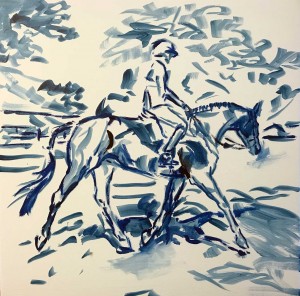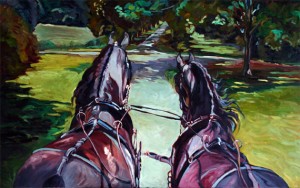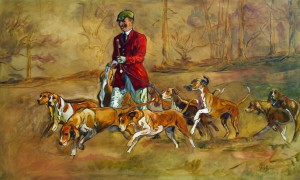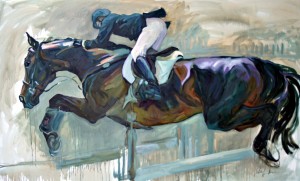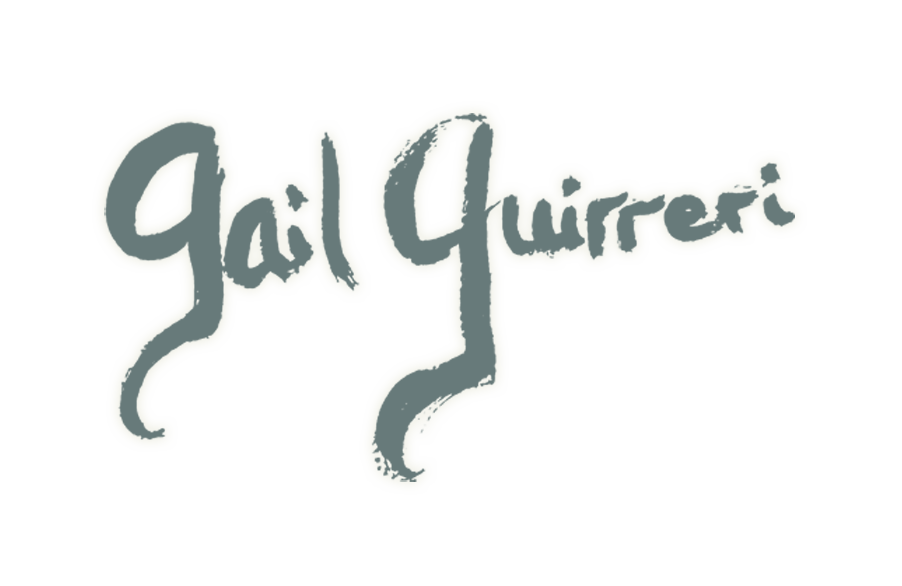Painting Workshop at NSLM, June 2025
Join me in a painting workshop hosted by the incredible Sporting Library and Museum (NSLM) of Middleburg, VA. We will consolidate in two days time many ideas and techniques I teach and use regularly in my own studio. There are many schools of painting that dictate everyone follow some rules lending to a similar goal at the end. If the end is the goal, how much fun are you having along the way? Are you trying to get to the end faster than the paint will allow? Rather than making the end the goal, we will explore the experience of the process. We don't go on vacation to get to 'the end'. Painting has unexpected turns and corners that are unique to each person. There you will uncover your art.
In order to find your own self in your art there are a few things that need to happen. First, not care! When you judge every stroke you can't hear your inner voice. When you paint from your connection, or zone, you won't know why you do things. It will come naturally so therefor feel like you don't know what you are doing. So why care? This can be a lifelong discovery and true form of entertainment in itself.
Painting fast is another key. When your brush is moving faster than you can think, you are in your zone. We will start with woodless pencil or charcoal sketches. 30 seconds, 1 minute, left hand, right hand, close your eyes. Each time you let go a little more. Keep these as a reminder to the process but otherwise, not care.
Oil paint is truly quite forgiving. It can be sculpted like clay in weight or layered in transparent washes like watercolor. With such range, where does one start? Now we find a few rules that can always be broken to your own liking. We pick three transparent colors and start with one or two. From here we can take our largest brush and wash in motion and middle mass of the skeleton. Our brush should go 'too far', larger than if we were drawing carefully. We want to free the entire arm to the shoulder and washing in will help you warm up to your composition. The canvas should continue to show through. If you get too much, use a rag to draw. Using a rag is a bit 'going backwards' or 'fixing'. Ideally we learn to just go forward. Knowing that paint has ability to cover in opaque, you really can not judge any part of a warm up as a mistake. Acknowledge your drawing, but leave the paint to be fresh. Remember, you are not at the end.
We are using three transparent colors with zinc and titanium white to allow this process. If we used opaque colors, mud is always near. Titnium white is our 'poision'. It can suck the life right out of a painting and we will avoid it as long as possible. Zinc is transparent and can drop the value nicely, but it is unstable and must be kept thin. Learn to check your tubes of paint for pigment by number, not name. Find the unique pigments and bypass the mixes. If you are experienced, use lead white instead of zinc.
I used a handful of pigments for over 20 years. After art school I limited my palette to these few pigments to make painting easier. I was always a messy painter and therefor it was better to avoid the cobalts, leads and cadmiums. In art history I checked out at the Fauve period. Personally I was intoxicated by the loose brush strokes with paint that seemed to come straight out of the tube. It spoke to my need for color and speed. During art school my successful works where either at the start or the end of a semester. I was myself those days, not trying to be what was expected. Interesting enough, even the dean would notice.
Painting changed for me when I moved back to Middleburg area from the mountains of southwest Virginia. My first Munnings show right here at NSLM brought tears to my eyes. I was overhwelmed with emotion seeing sporting art mixed with a loose free brush. Neither art school nor modern main stream artist covet Munnings. Now, the rug had been pulled out from under me and I would approach painting differently, somehow.
It wasn't until the last 6 years that I started to explore pigments in an explosive manner. It all started with a damaged 3 dollar tube of paint in Hobby Lobby, pr 102. I was not a fan of pr101 at all, but this looked promising. I built an entire solo show around this one pigment. Now I have at least 5 versions of it. I have barely scratched the surface of possible small palettte combinations from the collection I now have. My students each have their own prefered minimal palette and I am amazed how they can make colors I have not seen mixed.
When you let go of matching color exactly, you can explore color and light like no one else has ever painted. Art is infinite beyond your wildest imagination! We will work on this idea quite a bit over the two days.
Fast painting requires you to know your pigments well, know when to stop over a dirty palette, and know when to take your energy to another canvas to let one rest. Picking just a few colors will give you freedom to explore a new process over numerous canvases. I hope this workshop will hopefully give you new freedoms that you have not yet allowed.
Images are my own personal photos and used as reference only for work done in this workshop. They are to help you learn how important it is to get good references of your own. Most art shows require you to work from your own references.
Images copyright Gail Guirreri.
32 Images

1 - NSLM workshop reference image June 2025. Click to enlarge image.
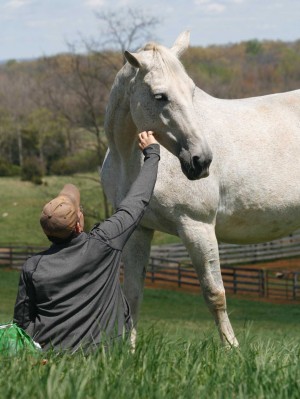
2 - NSLM workshop reference image June 2025. Click to enlarge image.
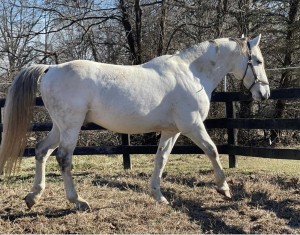
3 - NSLM workshop reference image June 2025. Click to enlarge image.

4 - NSLM workshop reference image June 2025. Click to enlarge image.
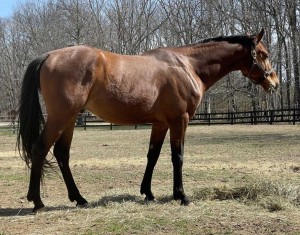
5 - NSLM workshop reference image June 2025. Click to enlarge image.
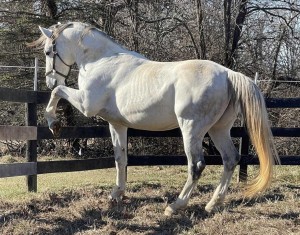
6 - NSLM workshop reference image June 2025. Click to enlarge image.
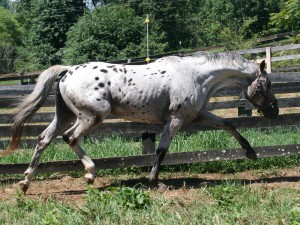
7 - NSLM workshop reference image June 2025. Click to enlarge image.
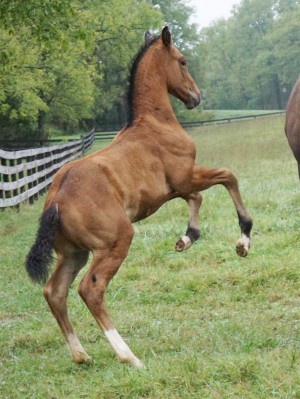
8 - NSLM workshop reference image June 2025. Click to enlarge image.
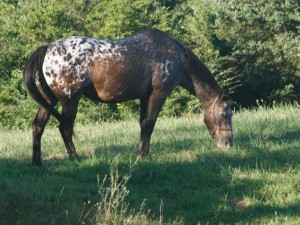
9 - NSLM workshop reference image June 2025. Click to enlarge image.
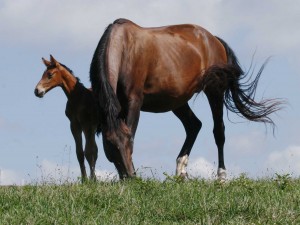
10 - NSLM workshop reference image June 2025. Click to enlarge image.
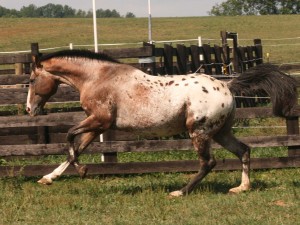
11 - NSLM workshop reference image June 2025. Click to enlarge image.
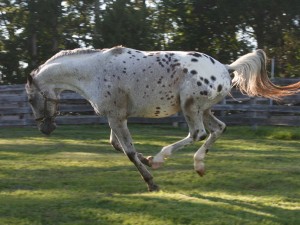
12 - NSLM workshop reference image June 2025. Click to enlarge image.
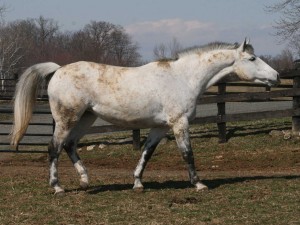
13 - NSLM workshop reference image June 2025. Click to enlarge image.
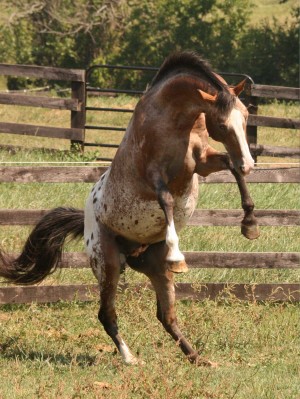
14 - NSLM workshop reference image June 2025. Click to enlarge image.
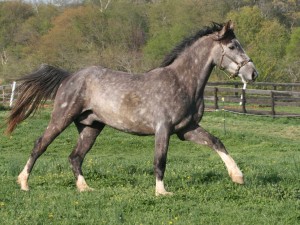
15 - NSLM workshop reference image June 2025. Click to enlarge image.

16 - NSLM workshop reference image June 2025. Click to enlarge image.
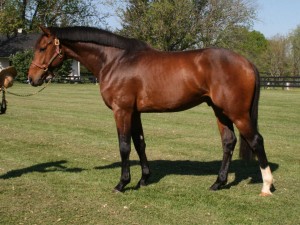
17 - NSLM workshop reference image June 2025. Click to enlarge image.

18 - NSLM workshop reference image June 2025. Click to enlarge image.
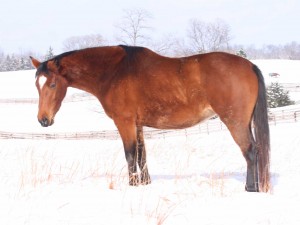
19 - NSLM workshop reference image June 2025. Click to enlarge image.

20 - NSLM workshop reference image June 2025. Click to enlarge image.
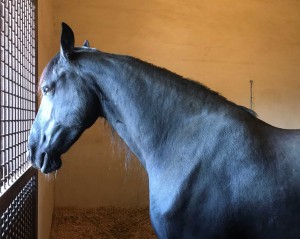
21 - NSLM workshop reference image June 2025. Click to enlarge image.

22 - NSLM workshop reference image June 2025. Click to enlarge image.
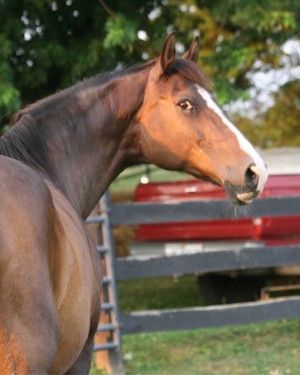
23 - NSLM workshop reference image June 2025. Click to enlarge image.

24 - NSLM workshop reference image June 2025. Click to enlarge image.

25 - NSLM workshop reference image June 2025. Click to enlarge image.

26 - NSLM workshop reference image June 2025. Click to enlarge image.
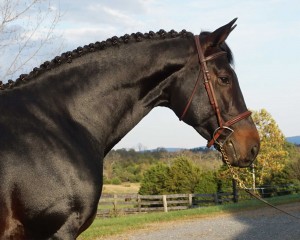
27 - NSLM workshop reference image June 2025. Click to enlarge image.

28 - NSLM workshop reference image June 2025. Click to enlarge image.
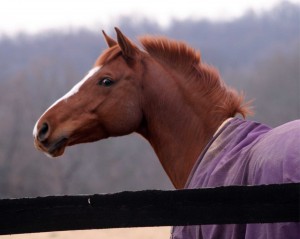
29 - NSLM workshop reference image June 2025. Click to enlarge image.

30 - NSLM workshop reference image June 2025. Click to enlarge image.
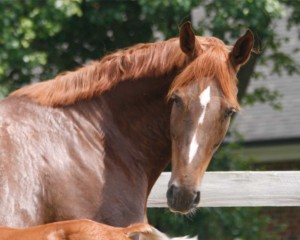
31 - NSLM workshop reference image June 2025. Click to enlarge image.
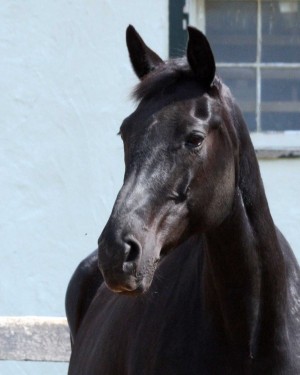
32 - NSLM workshop reference image June 2025. Click to enlarge image.
Gail Guirreri Art Events
Related Links
Allowed: 64M/67108864KB.
Current: 21452KB. Peak: 21516KB.

